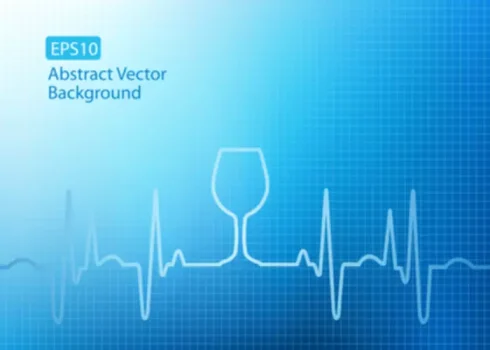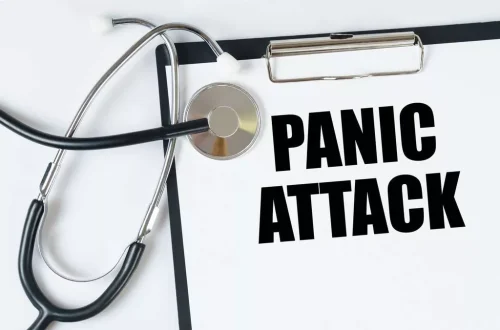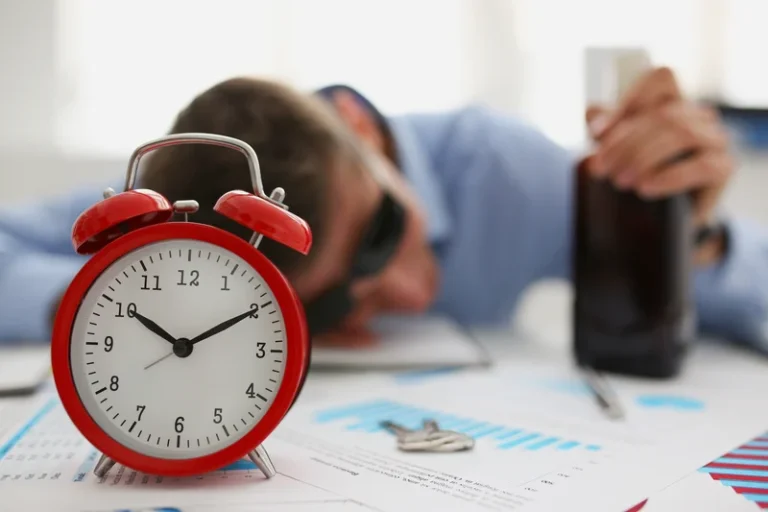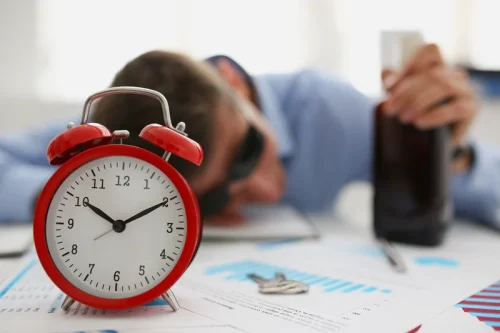
Our insurance verification team works quickly to verify your insurance benefits to place you into one of our centers as soon as possible. Because of our industry expertise, we will be able to verify this information in a timely manner and can advocate for more coverage or more time in treatment. In Stage 4, the individual has become dependent on alcohol. He or she might not feel the same effects with their usual amount of alcohol, requiring increased drinks to feel buzzed. As a result, they may feel withdrawal symptoms, such as tremors, sweating, racing heart, irritability, or insomnia, as the alcohol wears off. Your risk of long-term health effects and death increases considerably as you move through the stages.
Find Help for Alcohol Abuse and Alcoholism Today
This alteration in brain chemistry can affect not only the individual’s mental health but also their personal and professional relationships. You don’t have to be an alcoholic to experience alcohol poisoning–all you have to do is drink too much, too quickly. Alcohol poisoning, also known as alcohol overdose or alcohol toxicity, is a serious and potentially deadly consequence that occurs when people drink too much in a short period of time. Research consistently shows that heavy drinking harms brain health, but emerging evidence suggests that even light to moderate drinking can be detrimental.
Alcohol’s effects on the body

It can be hard to find (or even know) the balance of how much alcohol your body is able to handle. If you’re not sure if your drinking crosses a certain line or not, try measuring your alcohol intake. There has been some research conducted on how abstaining from alcohol detoxifies your liver over time. Instead, your doctor will use a detailed medical ways alcohol can kill you history and physical examination to help diagnose and determine the severity of withdrawal. How long they do so can determine how much damage your liver sustains. But the good news is that these effects can be reversed in just weeks—suggesting that Dry January is more than just a buzzy health trend, as Rachel Fairbanks reported in October 2023.
- It’s not just women whose bodies have a harder time dealing with alcohol—as we get older, everyone becomes more vulnerable.
- This can cause other organs in your body to shut down and increase your risk for death.
- Alcohol use can begin to take a toll on anyone’s physical and mental well-being over time.
- Alcoholic drinks contain a form of alcohol known as ethyl alcohol or ethanol.
Alcohol isn’t nutritious
You can get gout from eating too much food high in chemicals called purines, which include red meat, shellfish, and alcohol — especially beer and liquor. According to research, more men die from alcohol-related death than women. But women are more likely to experience domestic abuse or sexual assault when alcohol is involved. Men are twice as likely to develop cirrhosis and four times as likely to develop liver cancer.
- Alcohol-related liver disease (ALRD) doesn’t often occur in casual or moderate drinkers, however, it is one of the most common ways the disease of alcoholism can kill you.
- Relapse rates are common among those who seek treatment for an addiction.
- Even drinking alcohol while taking over-the-counter antihistamines can be dangerous.
- “The liver has an enormous regenerative capacity,” says Paul Thomes, a researcher at Auburn University, whose work focuses on the mechanism of alcohol-induced organ damage.
- Over time, this can give you ulcers and chronic inflammation in your stomach, esophagus, and gut.
- It’s often a reality that grows more concerning with every downed glass.
While Daniel-MacDougall notes a healthy body may be able to break down and remove a limited amount of alcohol, many factors can impact how your body reacts when you drink. On top of that, drinking too much rapidly alters the gut microbiome with short- and long-term consequences. If you drink heavily or notice signs of liver damage or other health issues that may be related to drinking too much alcohol, talk to your doctor about it.

Stage 1: Occasional Excessive Alcohol Use or Binge Drinking
With no gag reflex, a person who drinks to the point of passing out is in danger of choking on their vomit and dying from a lack of oxygen (i.e., asphyxiation). Even if the person survives, an alcohol overdose like this can lead to long-lasting brain damage. While most people aren’t going to ask themselves “can you die from drinking? ” before they have another beer, it is important to know both https://ecosoberhouse.com/ the short-term and long-term risks of binge drinking, excessive drinking, and alcohol addiction. Reiser points out that while alcohol might initially produce feelings of relaxation and euphoria, it is fundamentally a depressant. This means that in the long run, regular heavy drinking can alter the brain’s chemistry, leading to mood swings, irritability, and even long-term depressive states.
Certain Types of Cancer
Alcohol can cause both short-term effects, such as lowered inhibitions, and long-term effects, including a weakened immune system. If you think that someone has alcohol poisoning, get medical attention right away. Everybody has different limits, and what’s fatal to one person might not be for another. However, there are ways to prevent yourself from getting into a position where your life might be at risk. The effects of alcohol are felt a little differently from person to person as a number of factors influence the amount of alcohol each person can withstand. Long-term alcohol use can change your brain’s wiring in much more significant ways.
What to know if you’re a casual drinker

Additionally, enzymes that help our bodies metabolize alcohol diminish with age. And the aging brain is also more vulnerable to the effects of alcohol, which can affect coordination and balance—resulting in a higher risk of falls and impaired reaction time. Alcohol poisoning is usually caused by binge drinking, which is where you have a lot of alcohol in one drinking session.

Inflammatory damage
Examples of these medications include sleep aids, such as zolpidem and eszopiclone, and benzodiazepines, such as diazepam and alprazolam. Even drinking alcohol while taking over-the-counter antihistamines can be dangerous. Once someone reaches end-stage alcoholism, the brain, heart, kidneys, and liver have already experienced significant damage. The individual might also be experiencing severe malnutrition, making it difficult for the body to heal itself. At this stage, the body begins to deteriorate rapidly and if the alcoholism is not treated, the body can go into fatal liver, kidney, or heart failure.
- It is dangerous to assume that an unconscious person will be fine by sleeping it off.
- You might spend a lot of time thinking about your actions as it relates to their addiction, says Dr. Anand.
- In the first stage, people begin to experiment with drinking larger amounts of alcohol.
- However, you can’t live without a liver, and you can’t live with liver failure.” Despite its resilience, the liver’s ability to recover from alcohol-related damage has its limits.
- However, there’s no straight answer to the question of how much alcohol can kill you.
- How much alcohol can kill you depends on your tolerance to alcohol as well as your gender, age, weight, and any medical conditions you have, such as diabetes or hepatitis.
Be aware of the alcohol content of what you’re drinking and adjust how much you drink based on this knowledge. The average person would have to consume 25 standard drinks to reach 0.40 percent BAC. Bear in mind that the drink you’re holding might be larger than a standard drink. However, there’s no straight answer to the question of how much alcohol can kill you. Everything from your age to what you ate earlier in the day can have an impact.






















